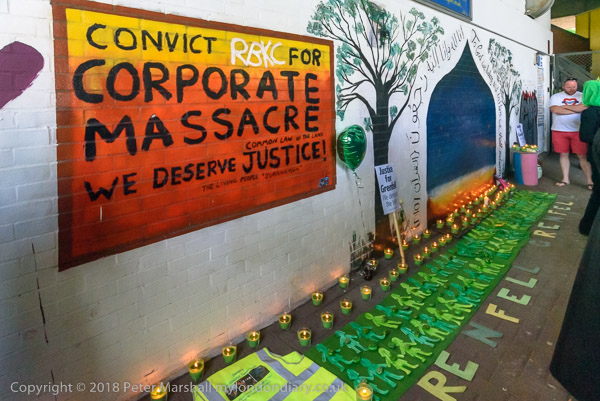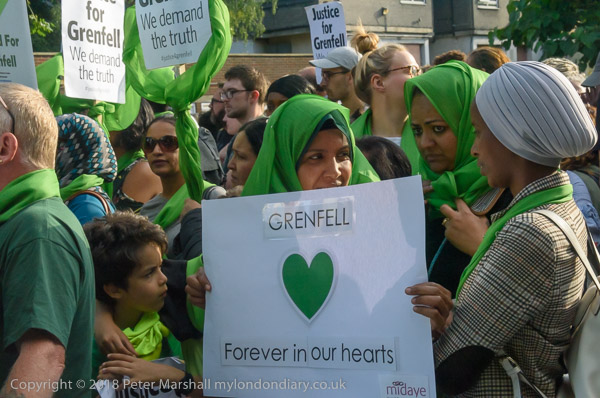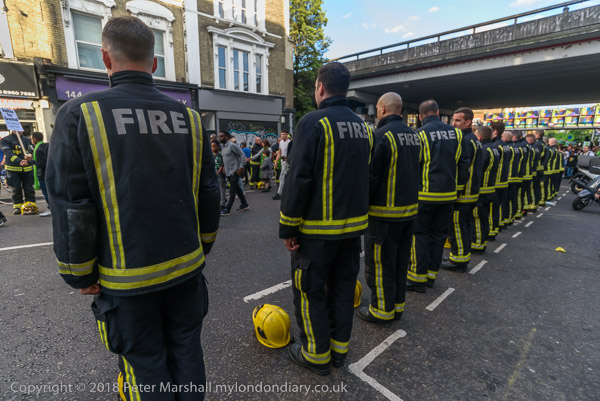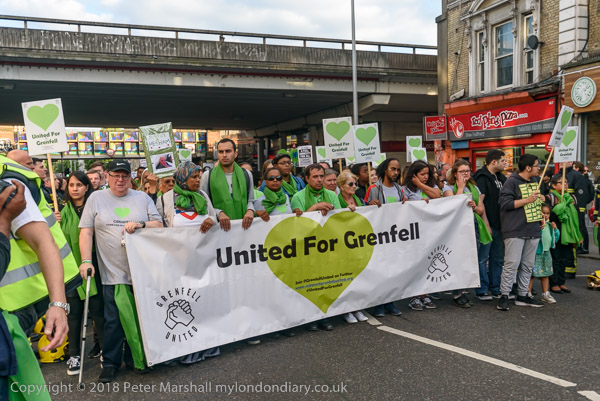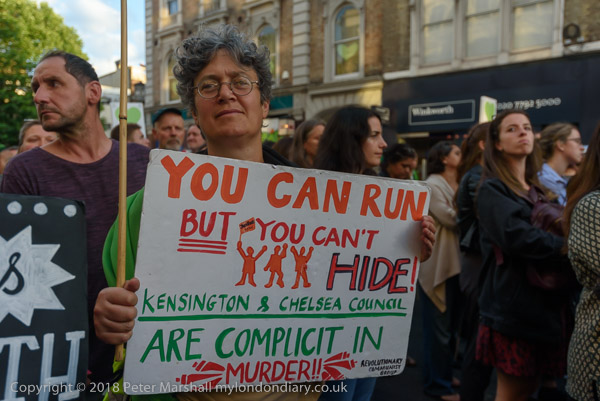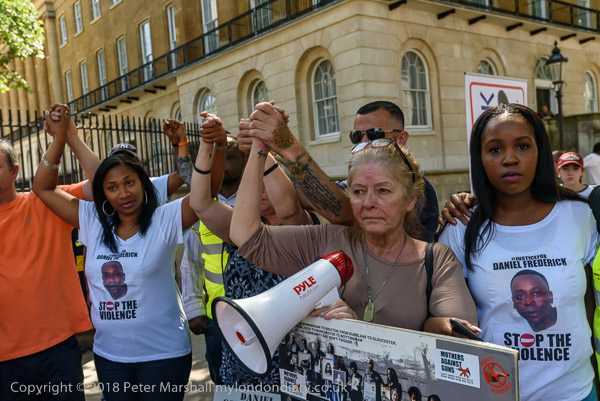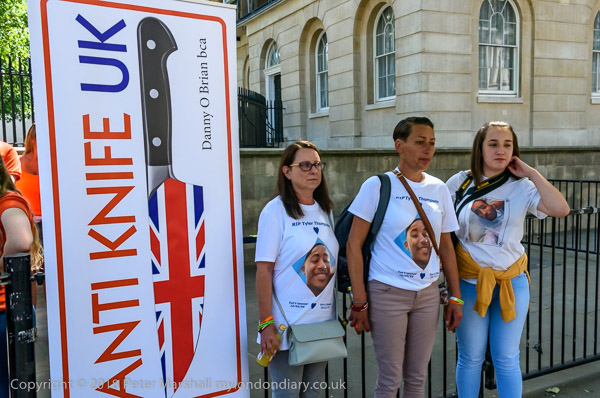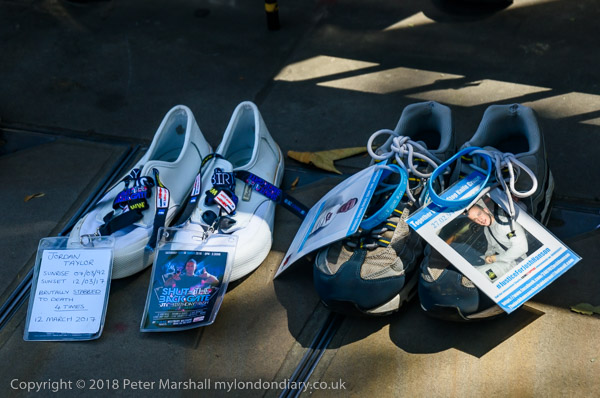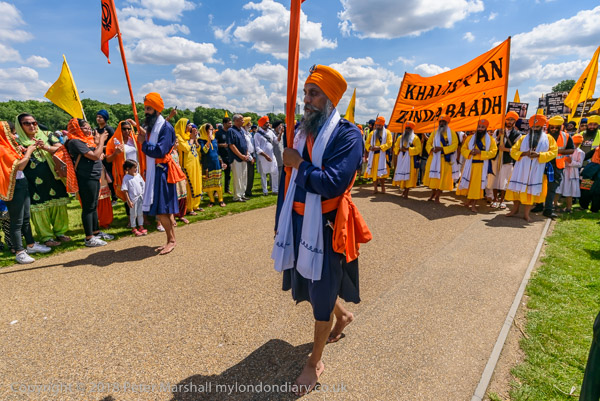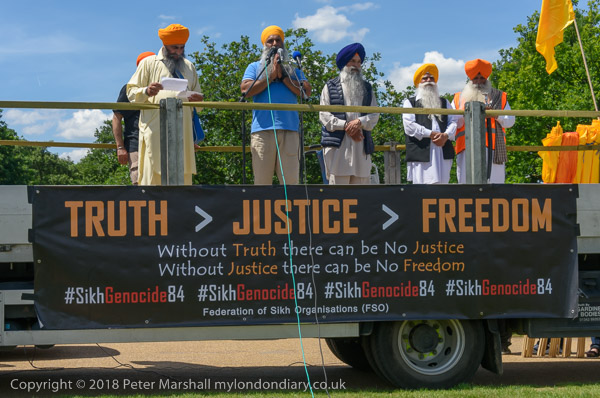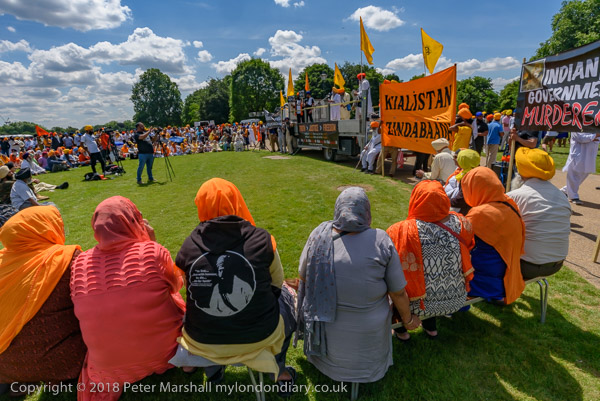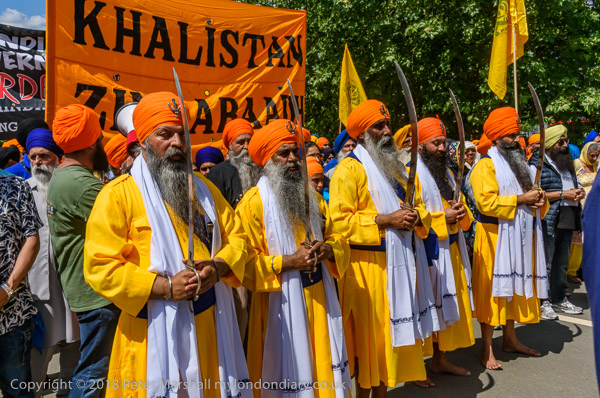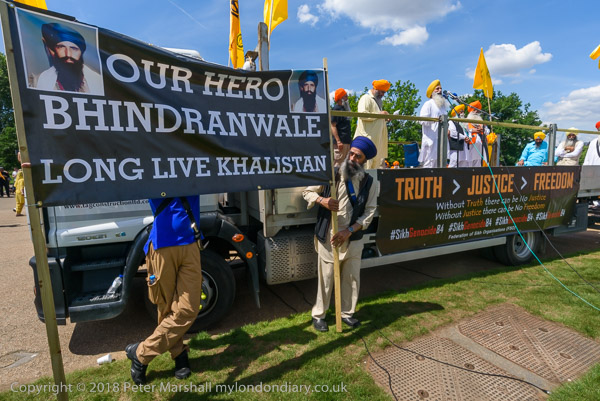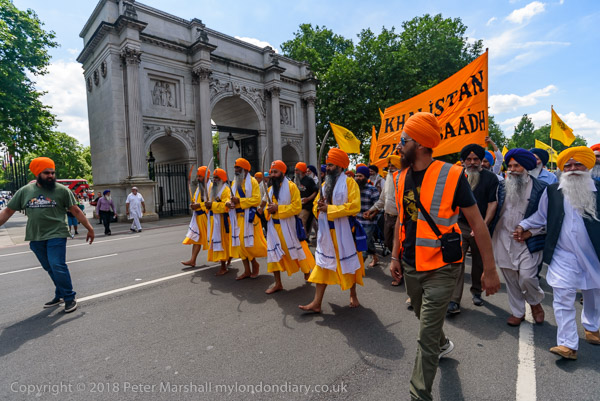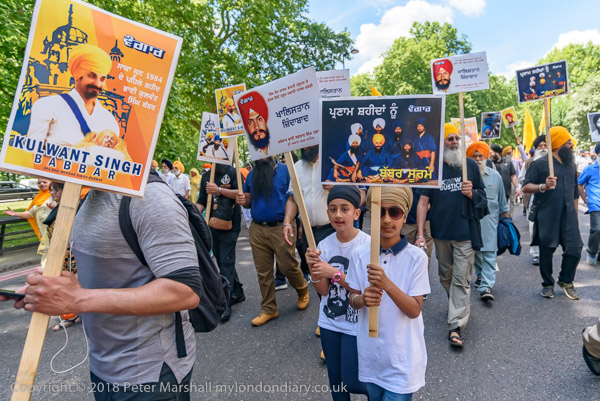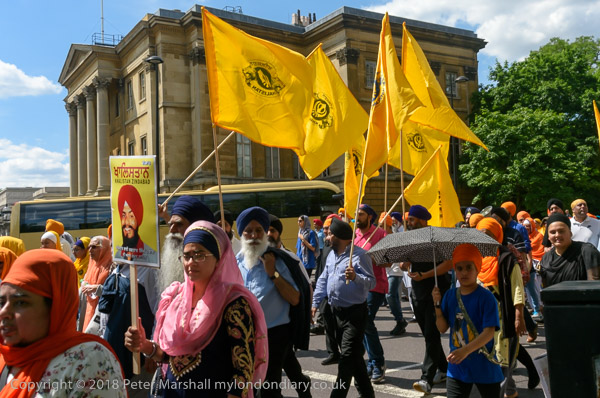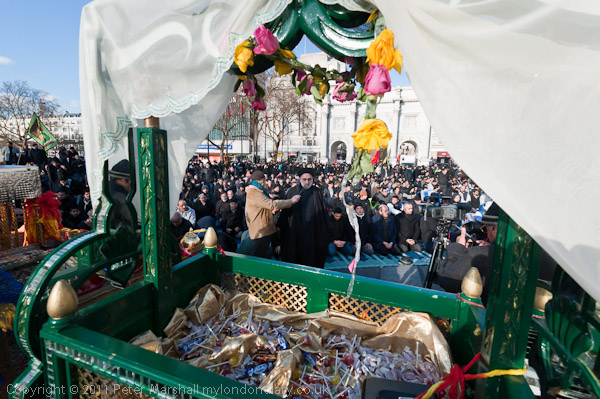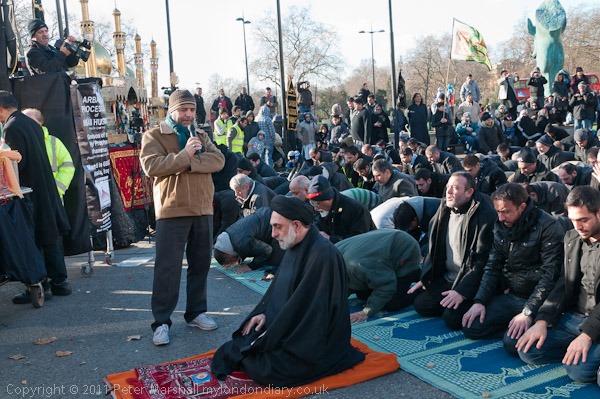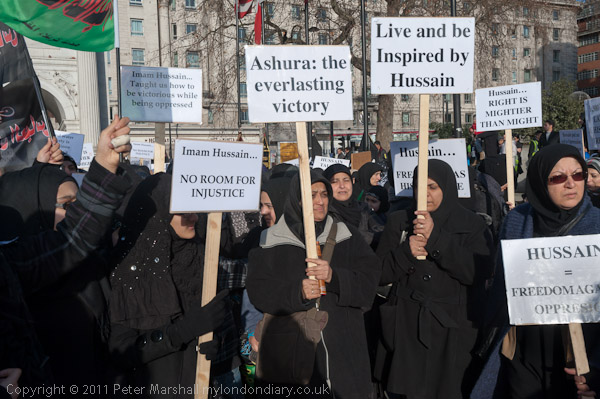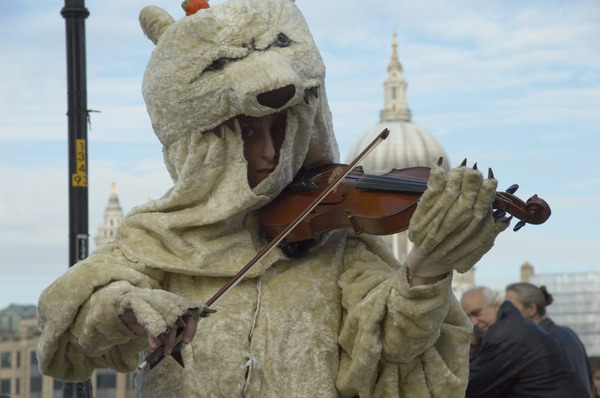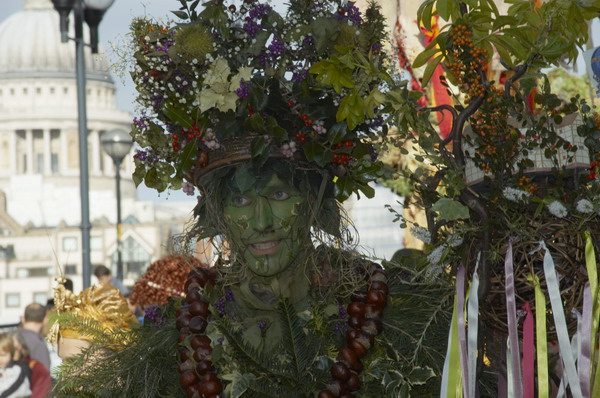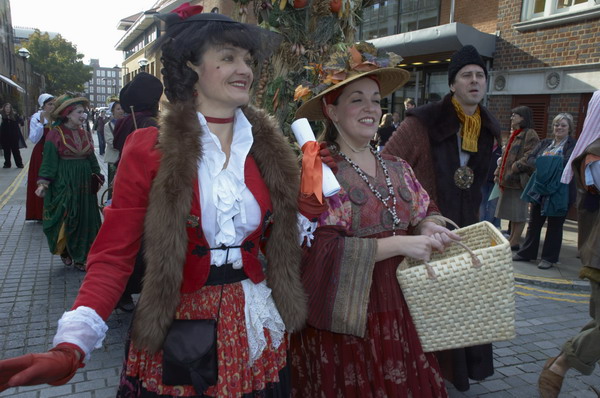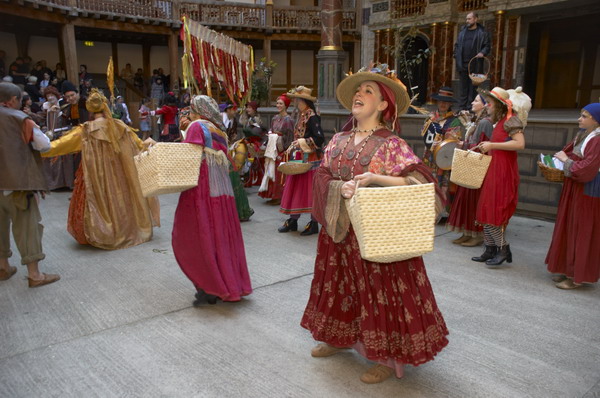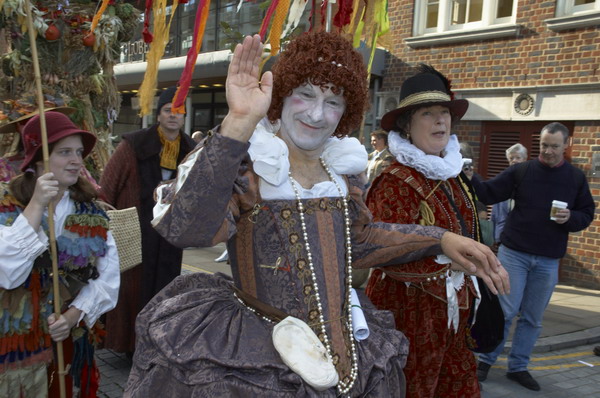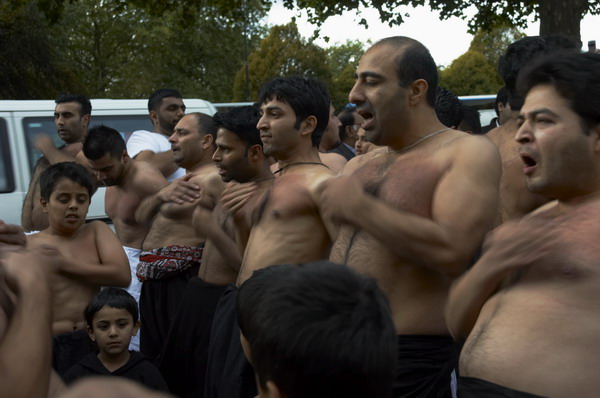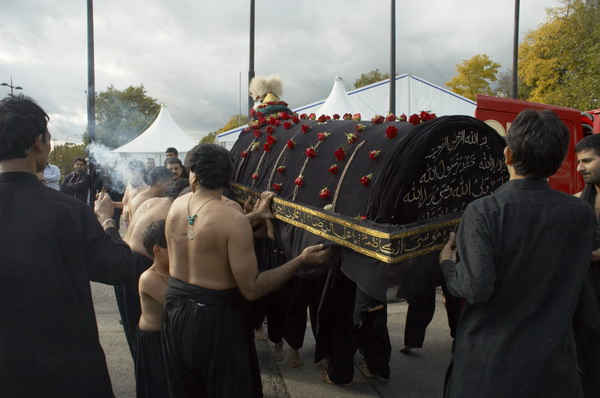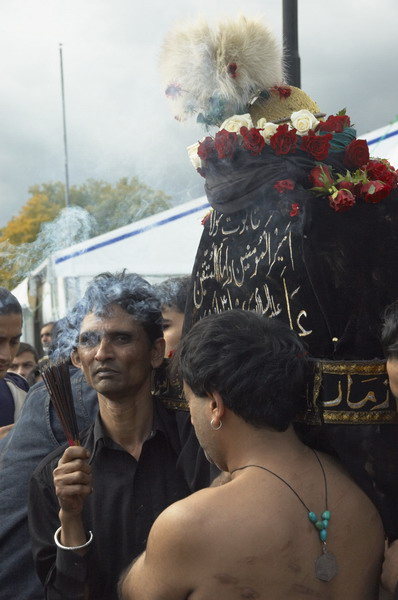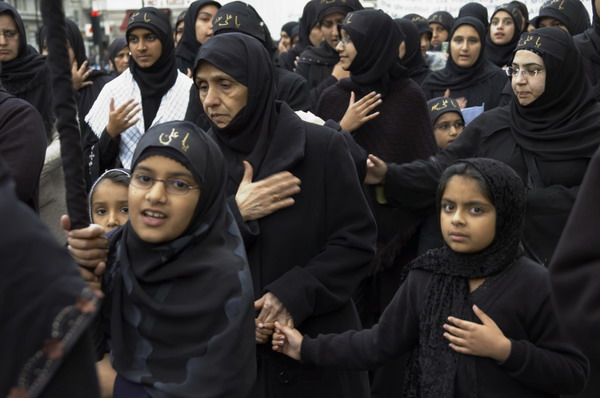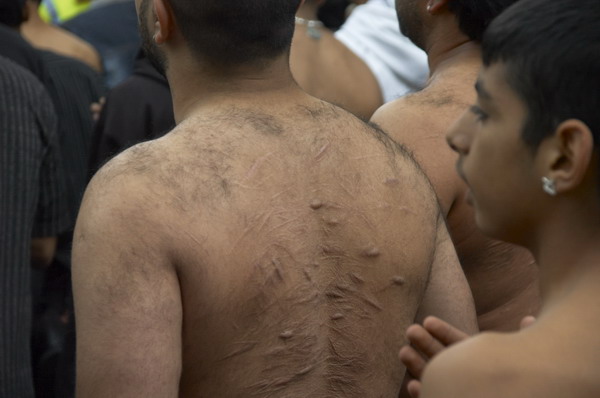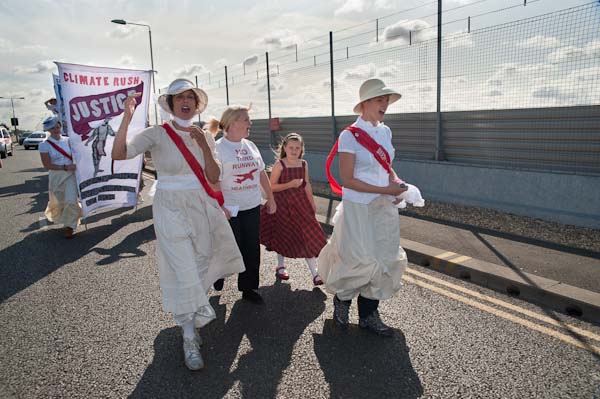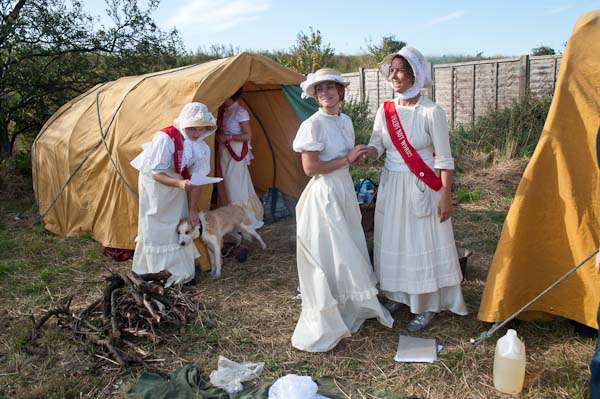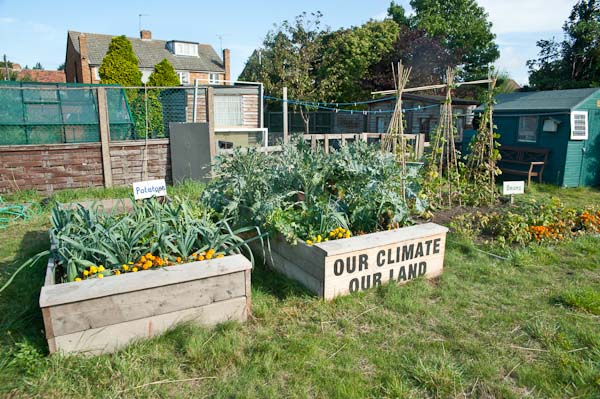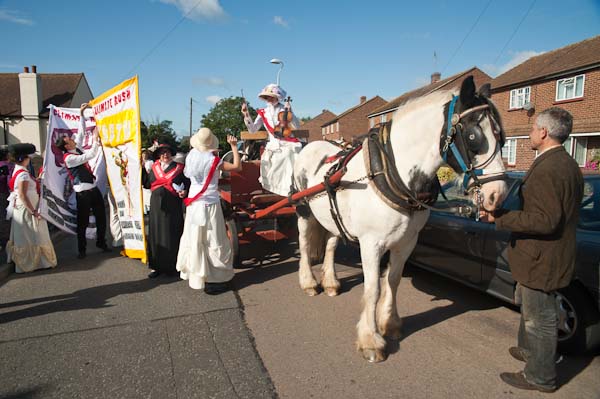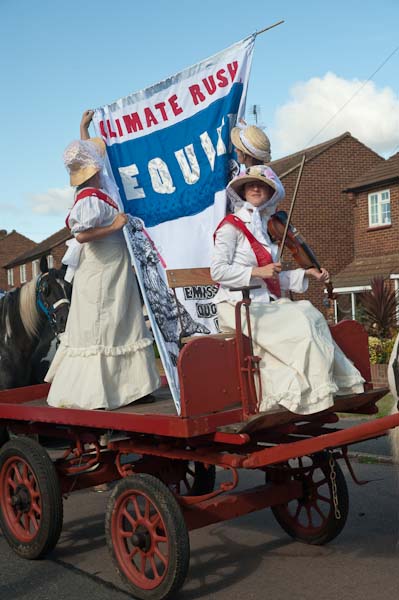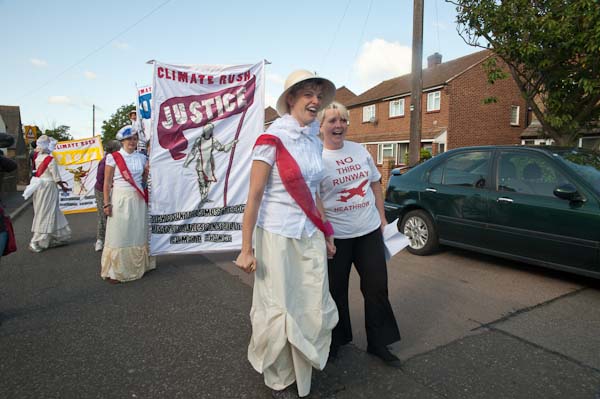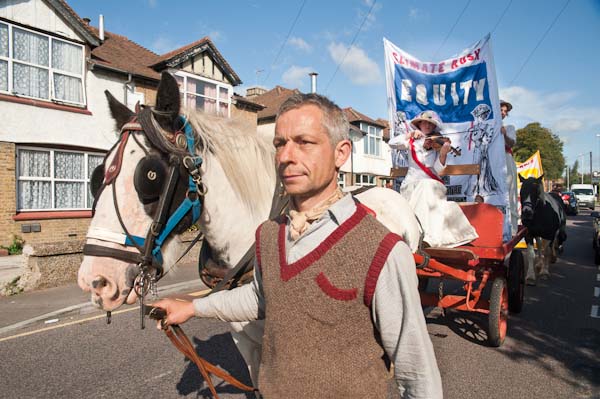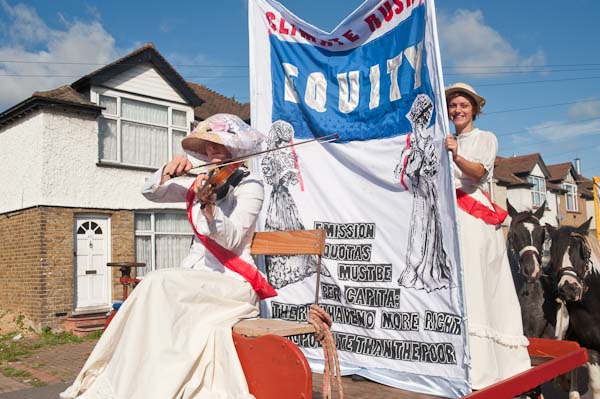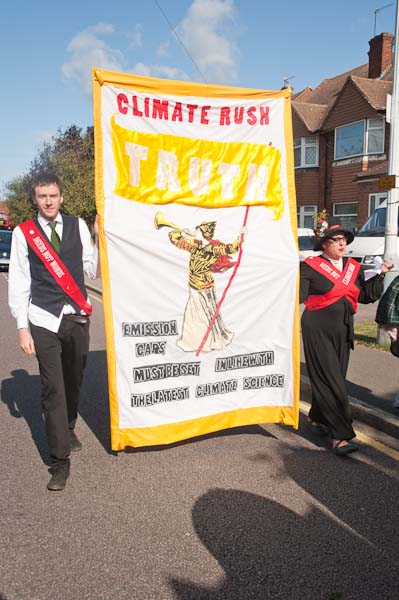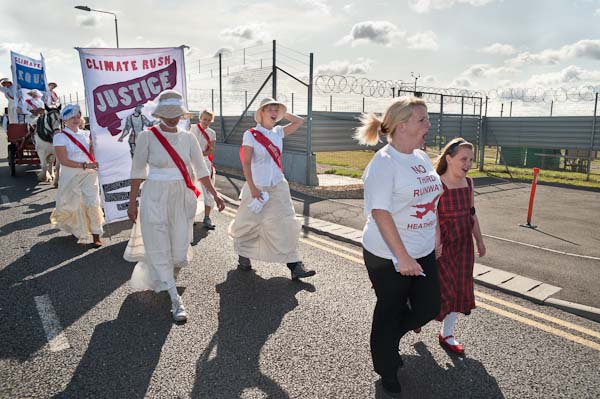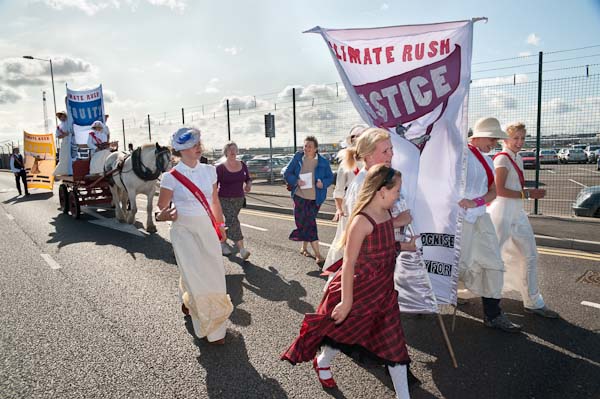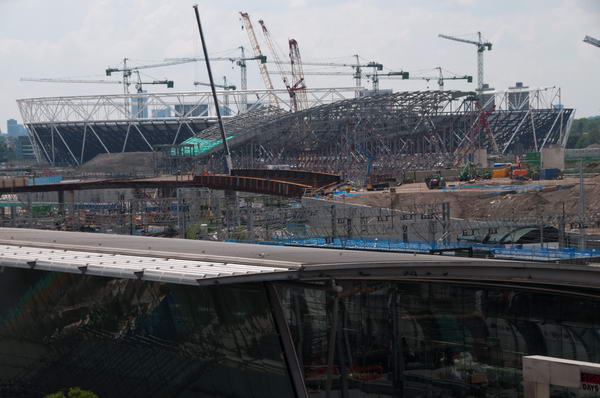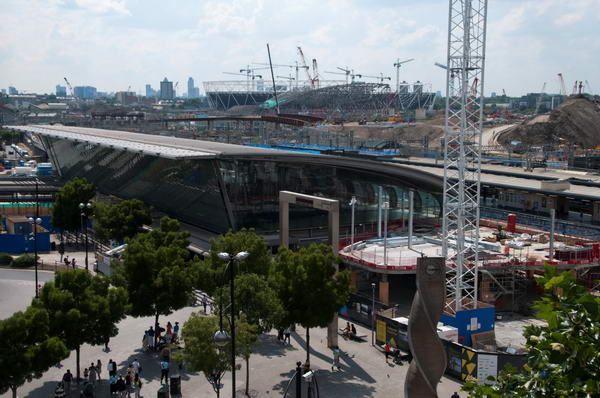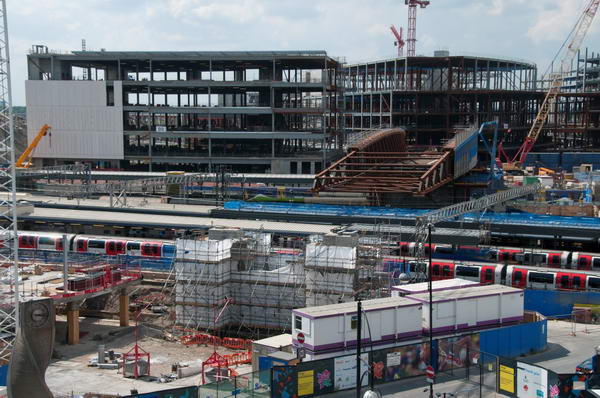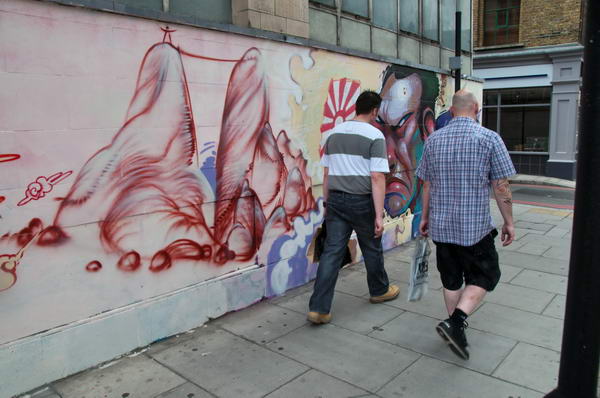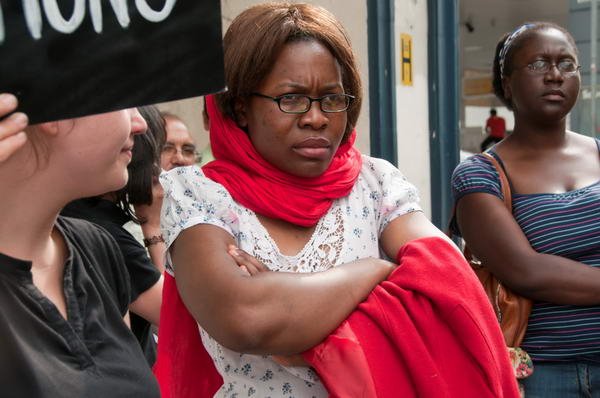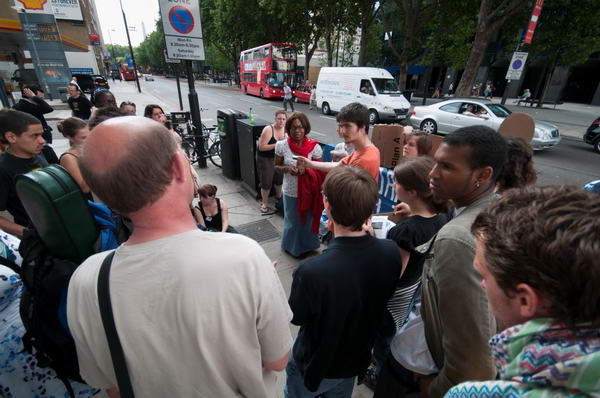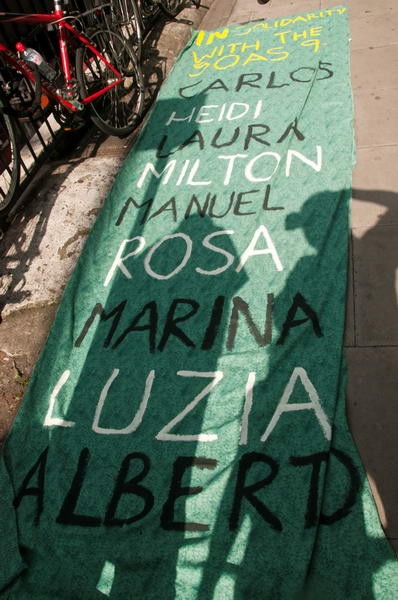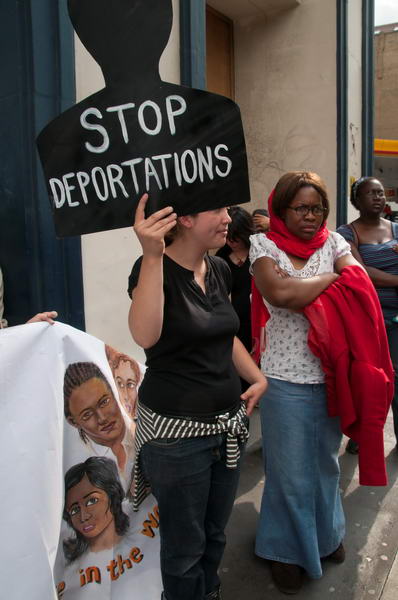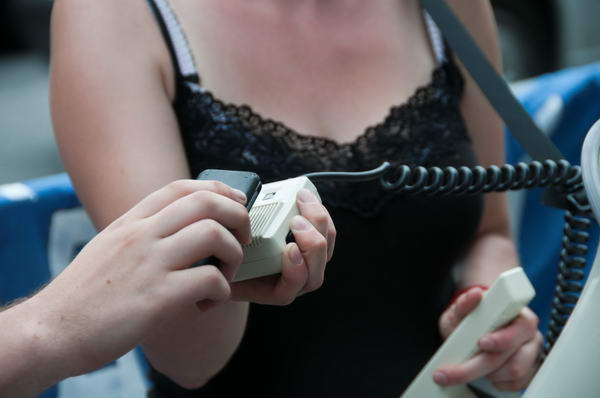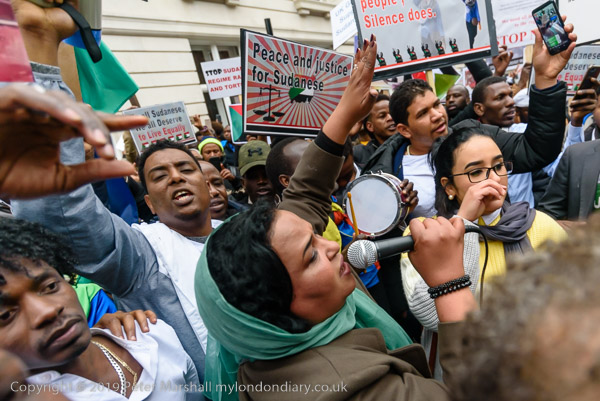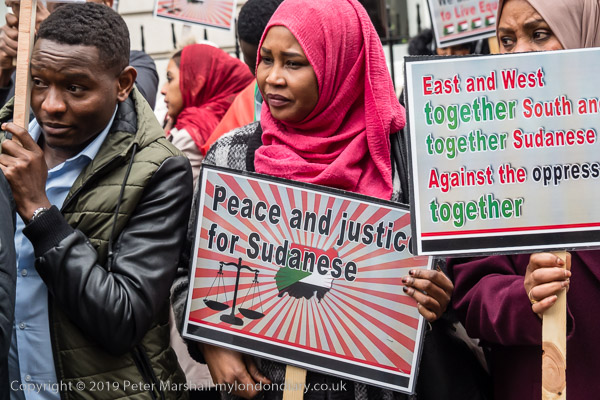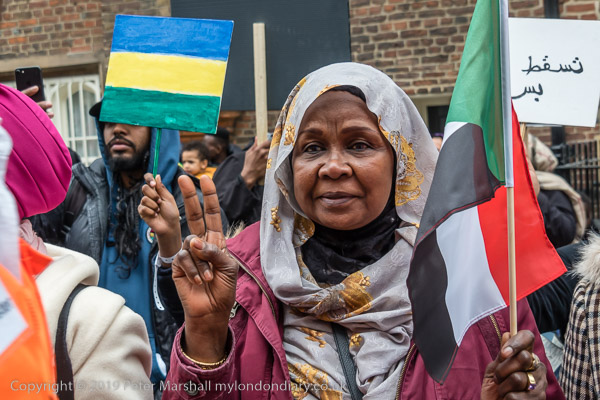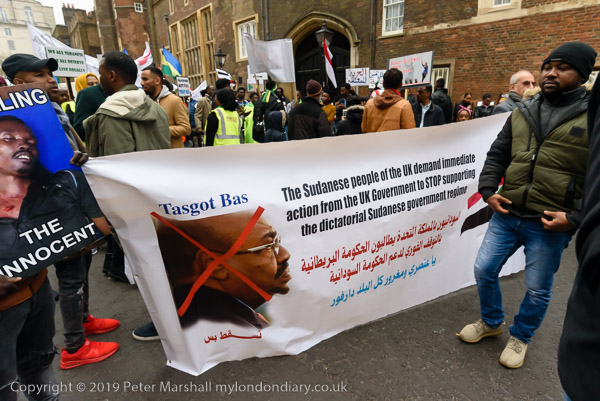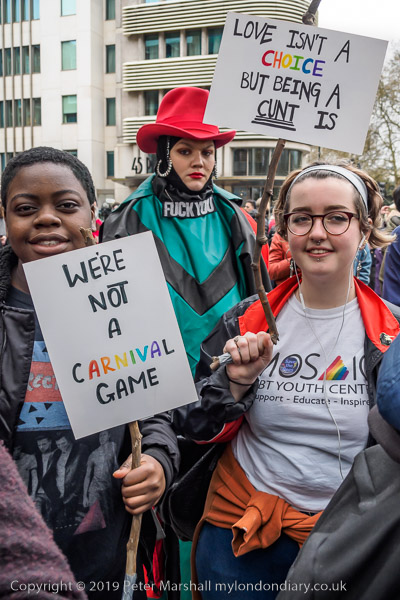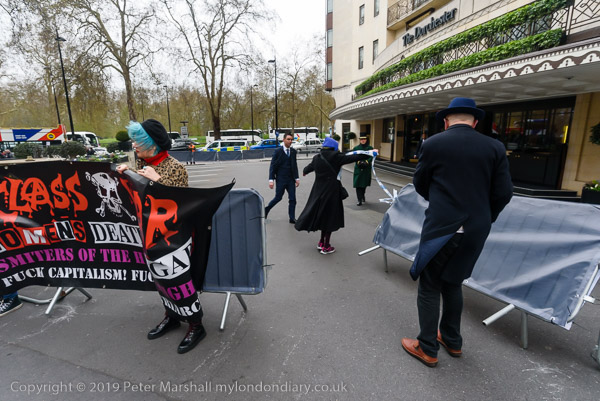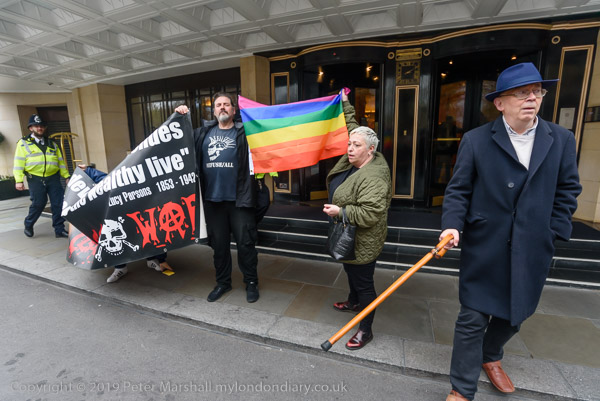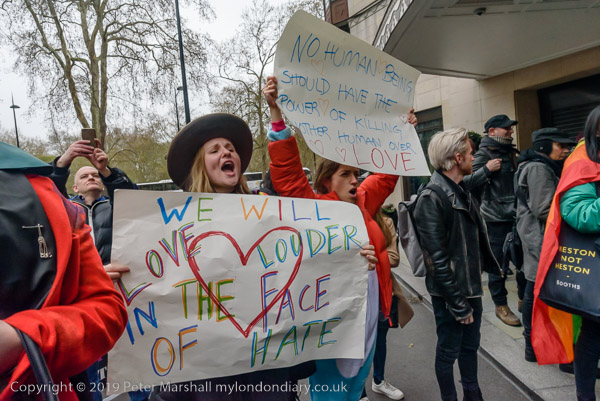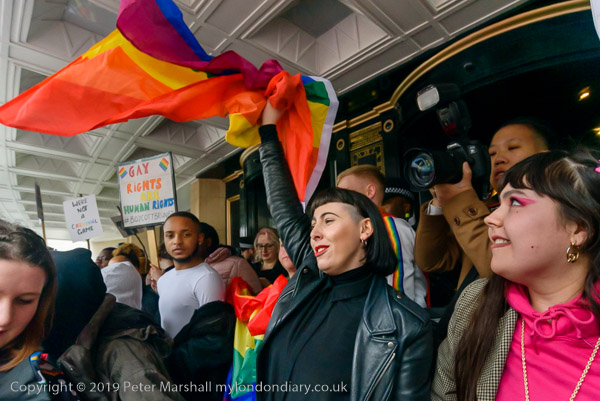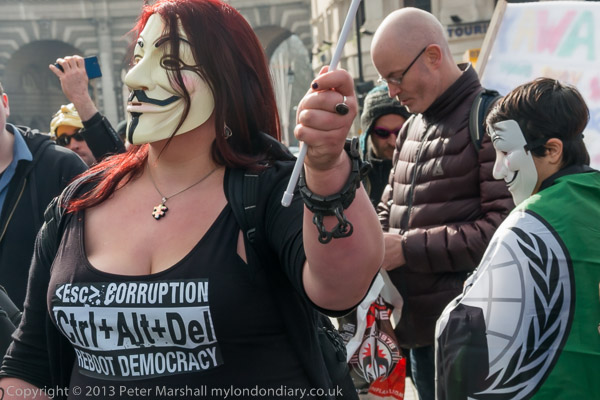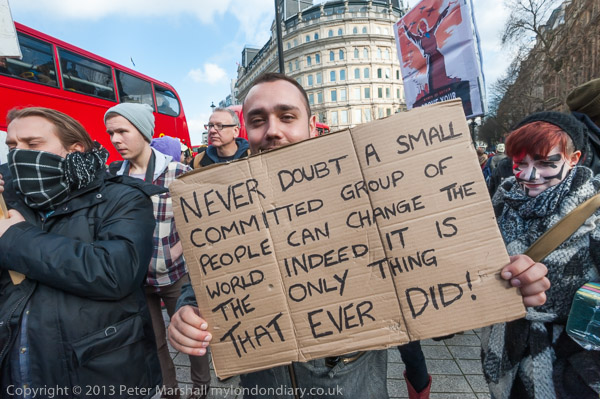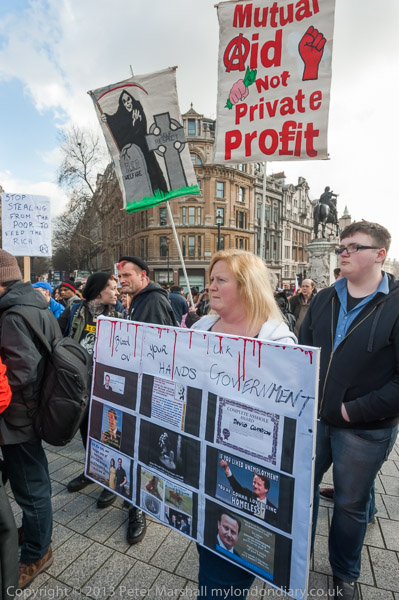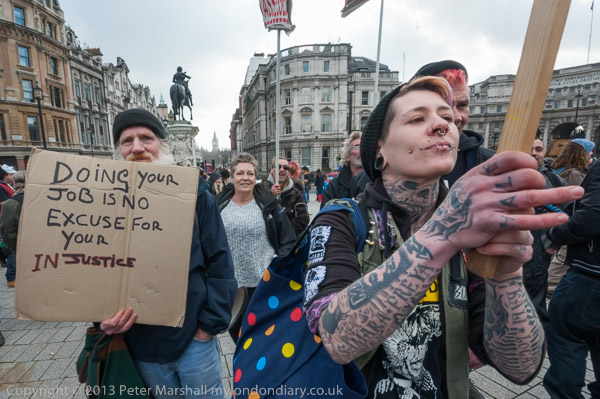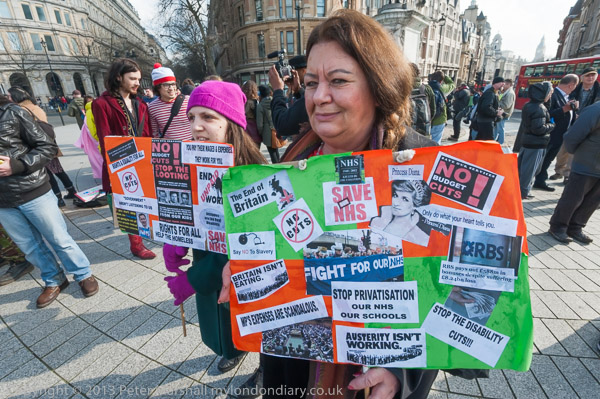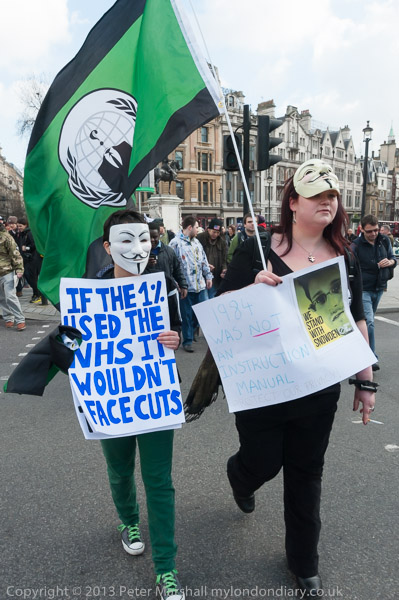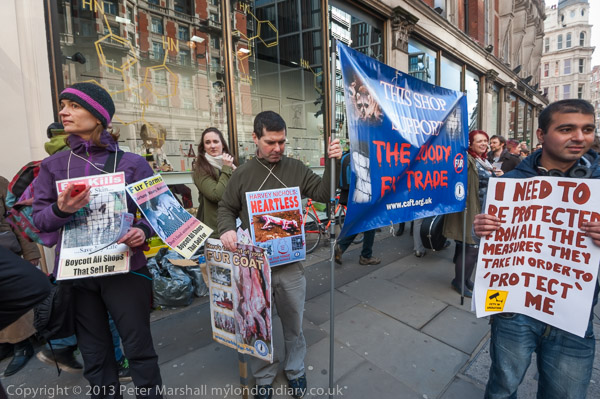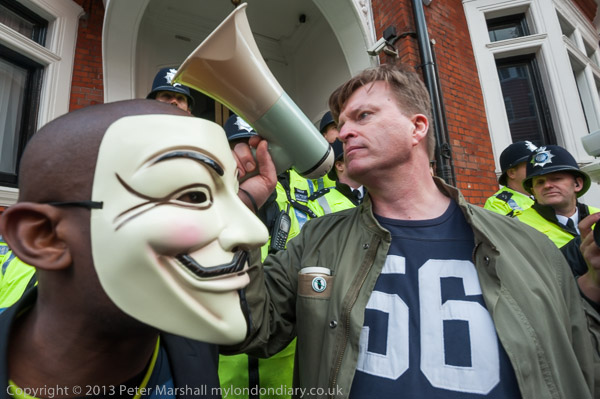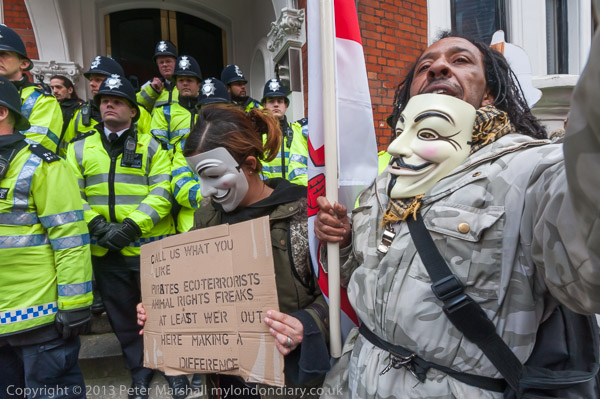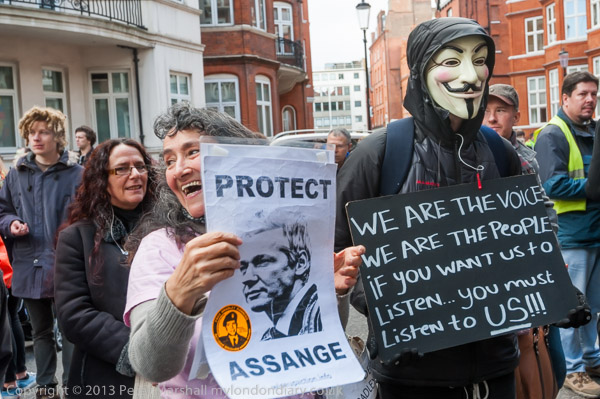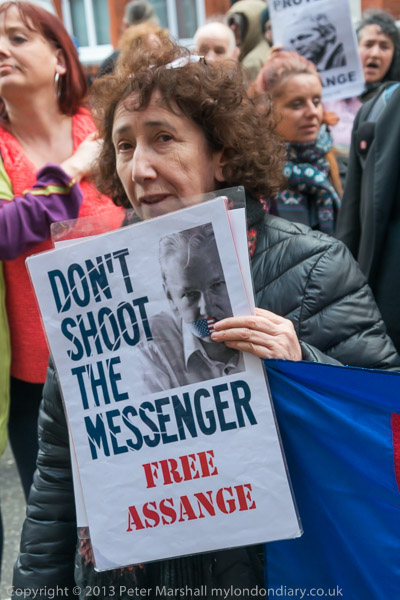Pride, Paedos & Class War: Saturday 27th June 2015 I photographed the London Pride Parade and a protest at it by Class War, as well as a protest at Downing Street against paedophiles in high positions and the activities of the family courts. Of course we now know that the main witness behind the Met’s Operation Midland was a “liar, fraudster and paedophile” who was later sentenced to “to 18 years in prison, having been found guilty of 12 counts of perverting the course of justice, one of fraud, and several child sexual offences.” Even back in 2015 it was hard to understand why the Met police took his fantastic allegations so seriously.
Pride Parade – Baker Street
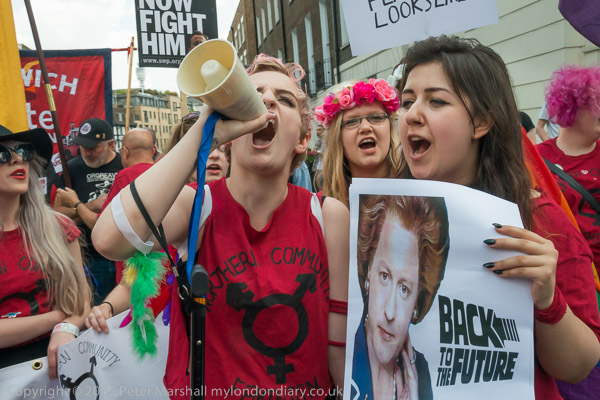
I photographed people getting ready for the parade in Baker Street, and had a particular interest in Pride 2015 as this was the 30th anniversary of the support that Pride had then given to the Miners Strike.
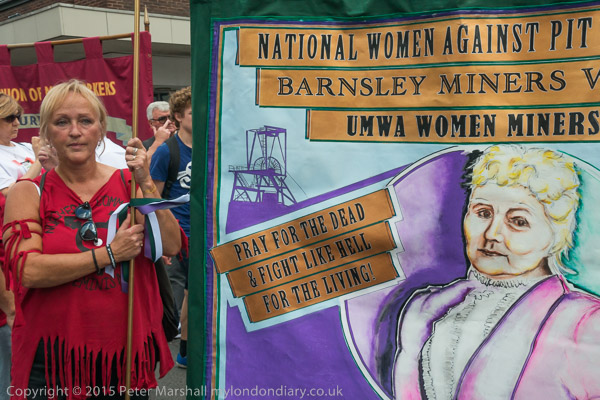
Because of this there was more interest in the event by trade unions and political groups giving the event a more radical nature than the commercial festival it has now become.
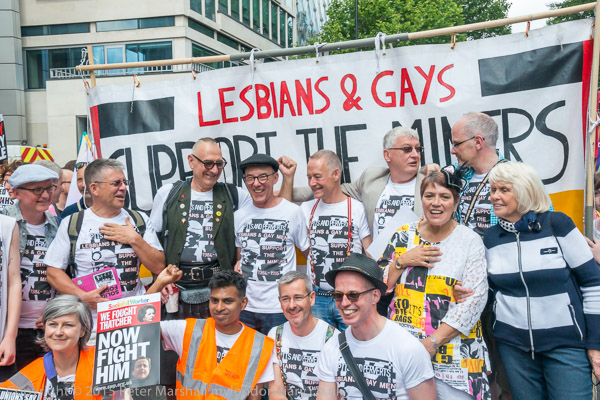
But Pride 2015 was still “dominated by large commercial groups, who also provide large amounts of sponsorship to enable the event as a whole to be dominated by commercial interests. It seems a long way from the event when I first photographed it in the early 90s when Pride was a protest.”
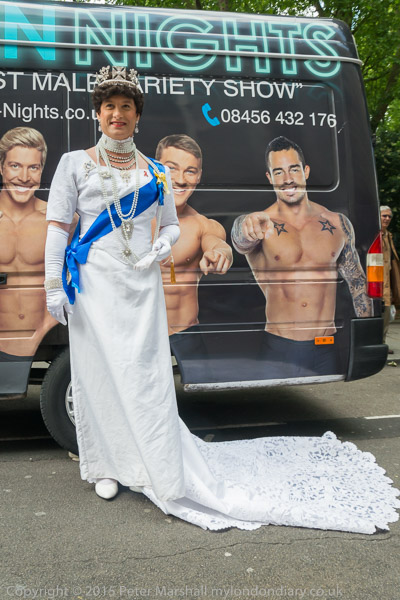
Of course there are still things apart from the large corporate groups and it was these and the more political aspects that I was interested in photographing as you can see from the many pictures on My London Diary.

And as usual, Peter Tatchell was still there with supporters to uphold the radical past of the event, this time marching with posters against the Northern Ireland same-sex marriage ban and the homophobis of the Democratic Unionist Party.
Much more on My London Diary at Pride Parade.
Class War protest ‘corporate pinkwashing’ – Piccadilly Circus and Pall Mall
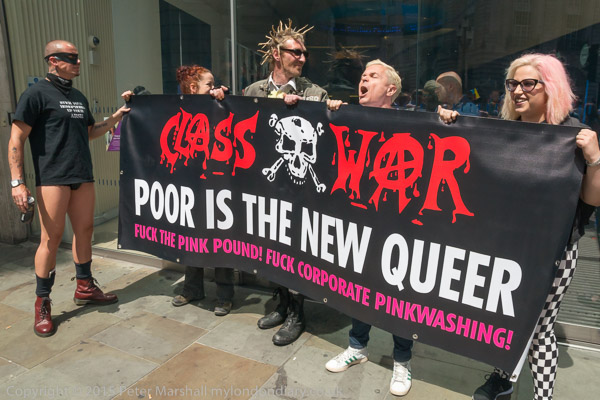
Class War had come to Piccadilly Circus with a new banner, ‘POOR IS THE NEW QUEER‘
against the corporate sponsorship and takeover of Pride in London. Below was the message ‘F**k the Pink Pound, F**k Corporate Pinkwashing!’ and half a dozen of them held it up in front of Barclay’s at Piccadilly Circus.
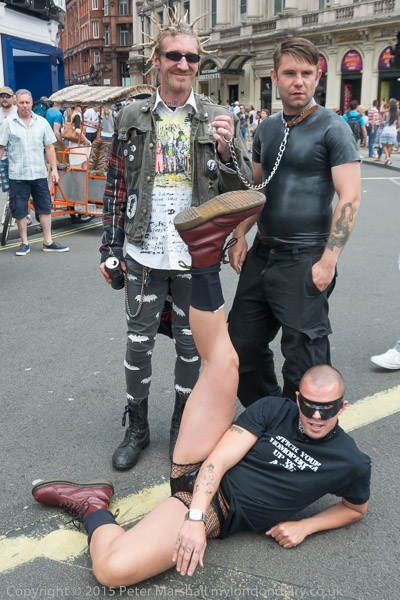
Before that some of them, suitably attired, had posed for photos on the street, and then posed and danced with some of those who had come to watch the parade.
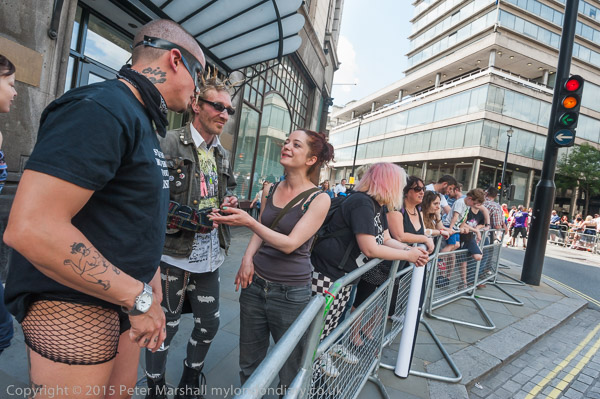
They then moved down to Pall Mall where they found a spot where the crowd waiting for the parade was much thinner and leaned on the barriers until the front of the parade had almost reached them. They lifted up the barriers and took to the street walking a few yards in front of it with their bannner for around 50 yards. A smoke flare drew attention to their protest, while Pride stewards and police tried to get them to leave and they were forced back behind the barriers.

The stood behind the barriers holding the banner as the front of the parade moved past, watched closely by police, but then saw a larger group of police approaching and decided “it was time to disappear, running towards Trafalgar Square. I followed half of them down into the subway where they lost the police, emerging from one of the other subway entrances. Most if not all had evaded the police and were meeting up to decide on any further action, but I’d followed them enough and left.”
More at Class War protest ‘corporate pinkwashing’.
Victims & Survivors call for Justice – Downing St,
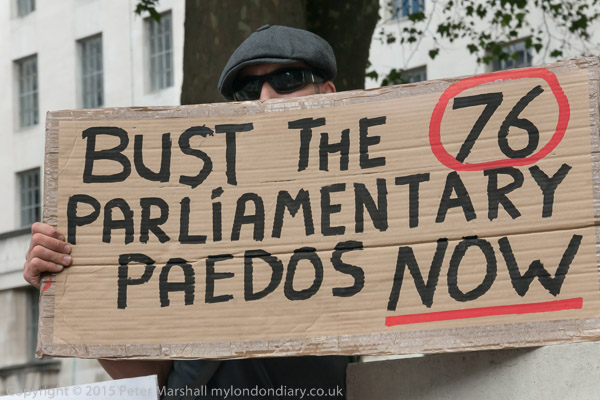
An angry rally opposite Downing St called for an end to the covering up of paedophilia, particularly the 76 allegations against MPs, as well as others in high positions protected by the establishment whose investigation has been shelved.
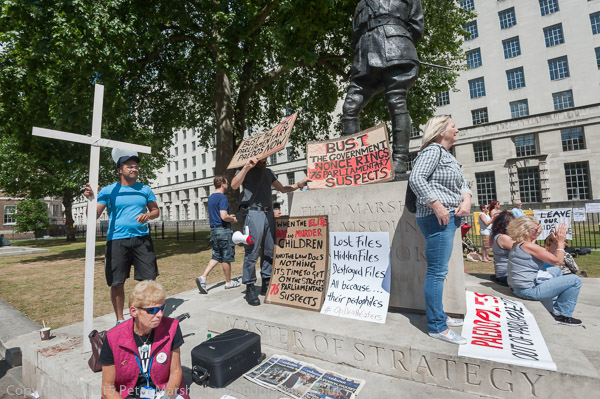
Although few outside of the Met Police believed the claims made by “Nick” about MPs, even the wildest allegations may have some truth behind them, and after the rumours and allegations against Jimmy Saville were dismissed for so many years by the establishment it is difficult to dismiss everything as wild rumours and conspiracy theories.
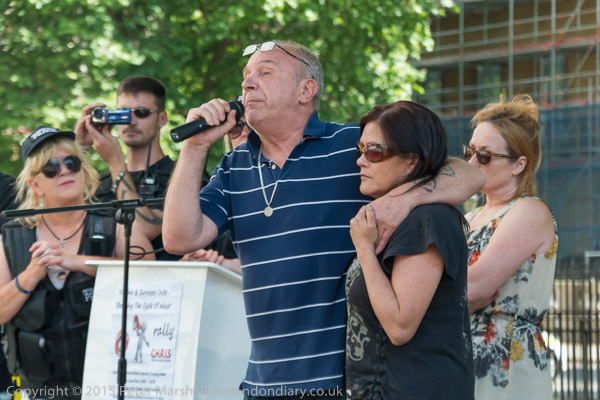
Some had come to protest about the secret activities of the family courts, often taking children away from loving parents and in some cases returning them an abusive parent. Some judges were accused of confusing poverty with abuse. Gagging orders prevent many of the facts becoming known. Problems over transparency in these courts have now become officially recognised and there have been pilot schemes to improve this without harming the children involved.
Victims & Survivors call for Justice
Flickr – Facebook – My London Diary – Hull Photos – Lea Valley – Paris
London’s Industrial Heritage – London Photos
All photographs on this page are copyright © Peter Marshall.
Contact me to buy prints or licence to reproduce.
